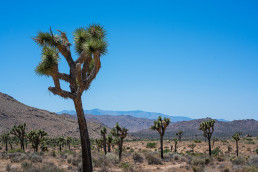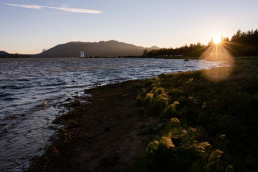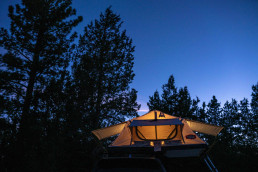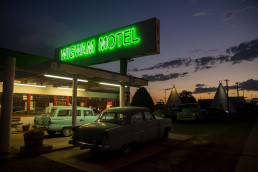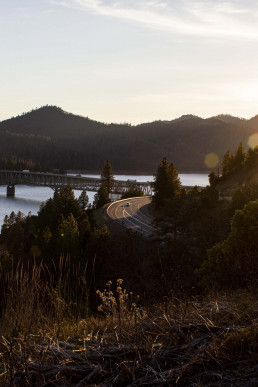Arizona: Camping at Dogtown Lake in Williams
We spent a couple nights in Phoenix – we stayed at a hotel due to the heat but didn't leave our room except for some grocery runs. Our trip originally had us going up into Utah from California and then coming back down through the northern border of Arizona. We cut that leg out closer to the start of our trip as it would send us right through the Navajo and Hopi Nations. They've been hit extremely hard by COVID-19. While we are using this trip to move, it was certainly not essential for us to travel through the Navajo and Hopi Nations to get where we were going. So, we really used our two nights in Phoenix to keep us on schedule for the rest of our trip.
After our time in Phoenix, we drove north on I-17 into Flagstaff and then headed east on I-40 to Williams. We reserved a campsite at Dogtown Lake, which was about 20 minutes outside of Williams. As the name suggests, the campground is situated right next to a lake that is often used for fishing and small boats. No swimming is allowed, though, due to the high number of people casting fishing hooks into the water.
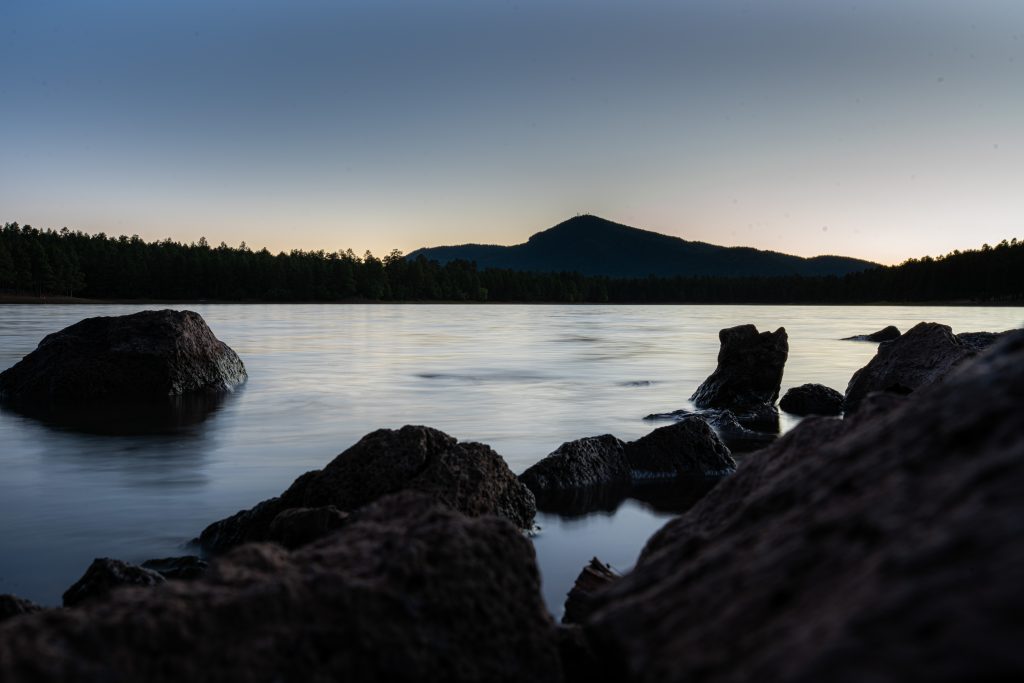
Many public campgrounds are out in the middle of nowhere on government land, which allows for very clear views of the night sky.
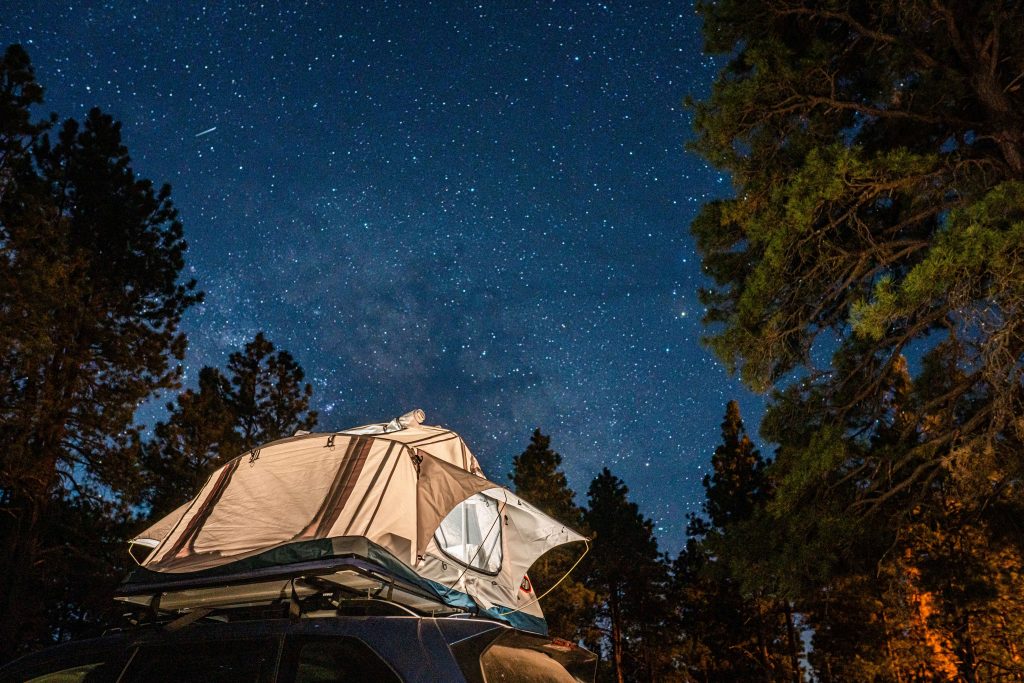
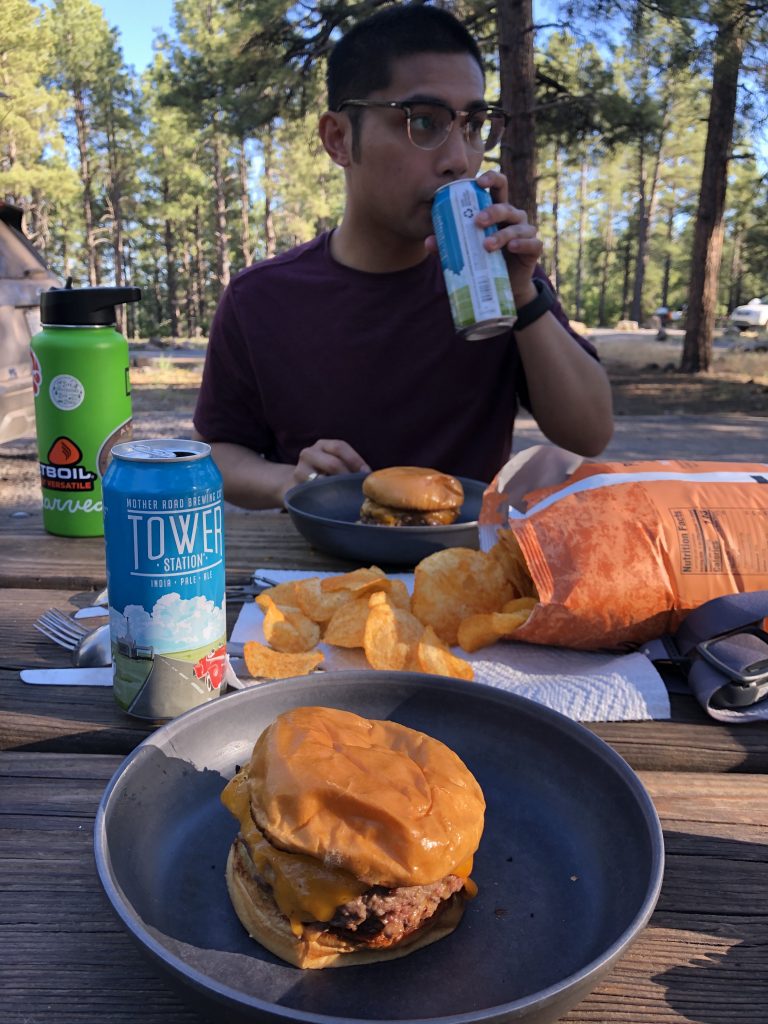
We also used our time in Williams to head down to Sedona for some hiking. Sedona is about 60 miles from Williams and is at a lower elevation, so the temperatures in Sedona were quite higher than Williams. We got up with the sun one of our mornings and drove down to Sedona for a short hike.
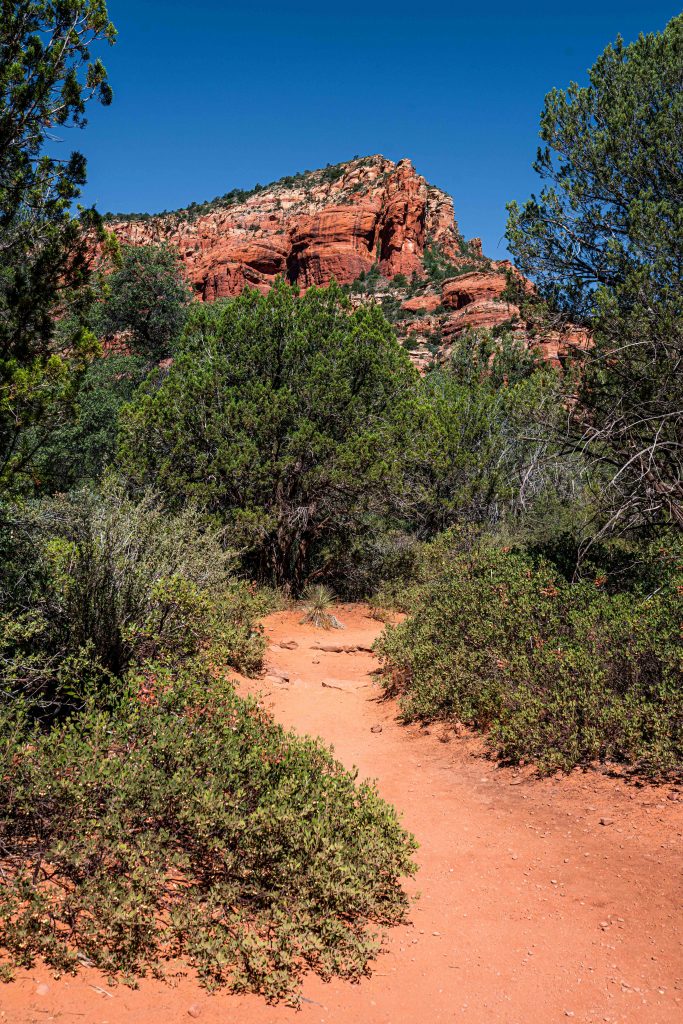
Joshua Tree National Park Detour
As departed on the first leg of our California-Michigan drive, we deviated from the most efficient route to Phoenix on I-10 to drive through Joshua Tree National Park. We entered the park through the main entrance in the unincorporated town of Joshua Tree and then drove through the park and exited using the south entrance.

While we were certainly equipped to camp in the park, all of the campgrounds in Joshua Tree National Park were first-come, first-served campsites. Perhaps it's my need to extensively plan travel out (this blog is a good example of that), but I did not like the idea of hinging our travel plans on being able to secure an unreserved campsite in a very busy national park.
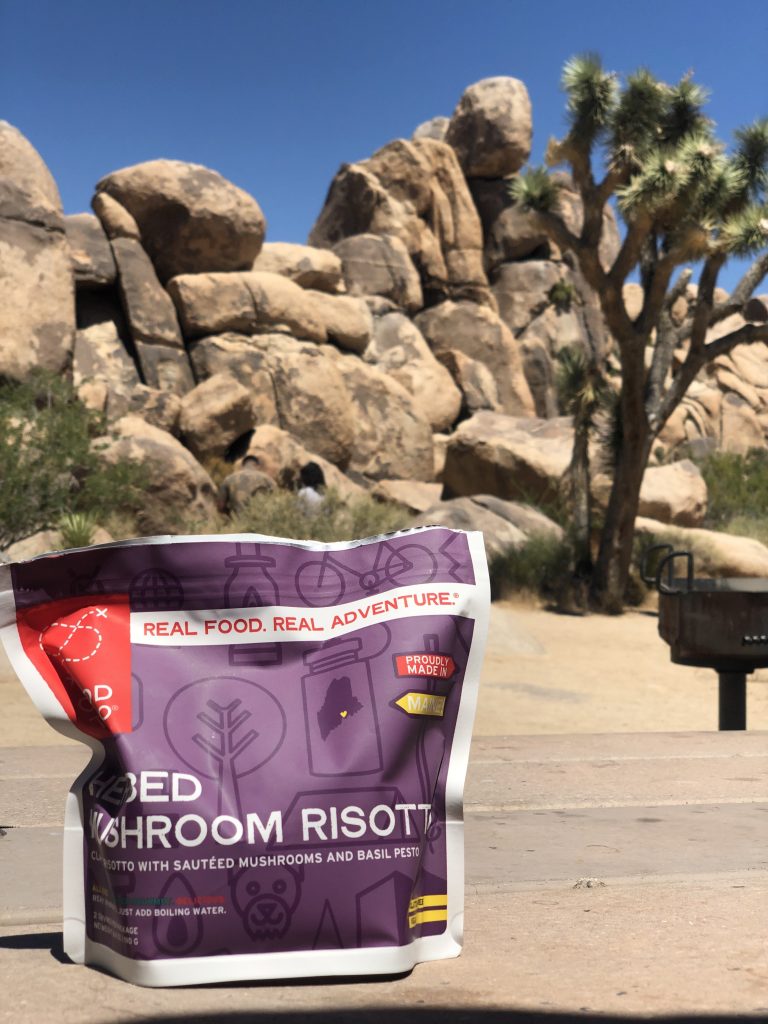
So, instead of camping in the park, we drove through and used one of several day-use picnic areas to eat lunch. We have a fairly well-equipped camp kitchen – a two-burner propane stove and cast-iron skillets to accompany – but ended up using out JetBoil to heat up water to eat a dehydrated meal.
There is definitely much more to do and see in Joshua Tree National park than one afternoon stop allows, but we drove through the park and then made our back to I-10 and got into Phoenix.
First Camping Stop: Big Bear Lake, CA
We took a short trip up to Big Bear Lake, about an hour and a half northeast of where EJ's family lives. It was a good chance for us to finally use the rooftop tent and make sure we had all of the camping equipment we needed.
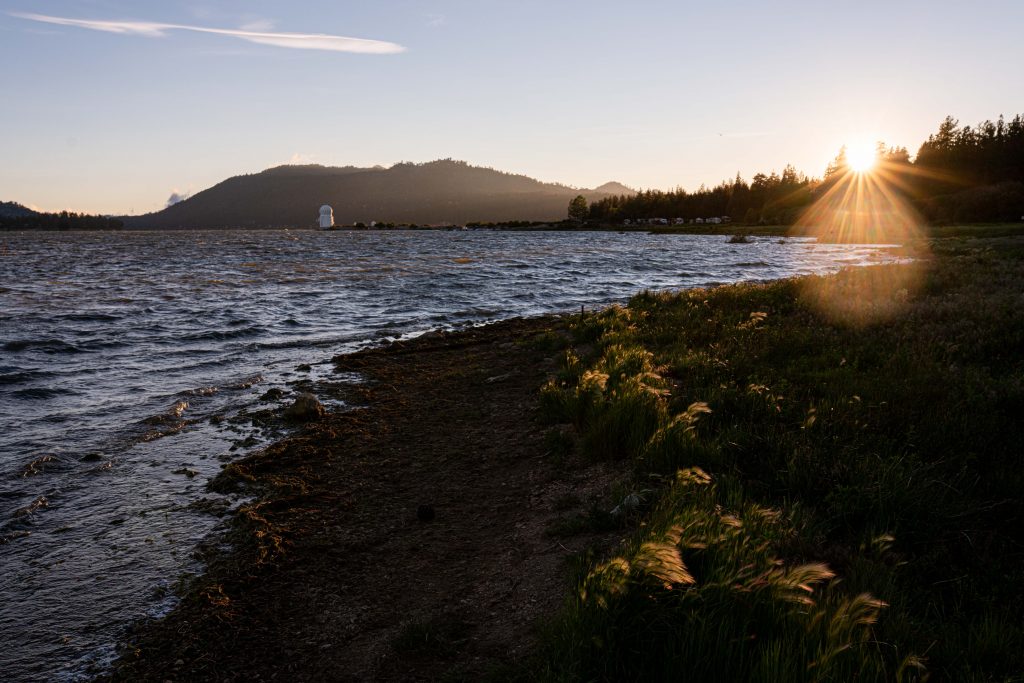
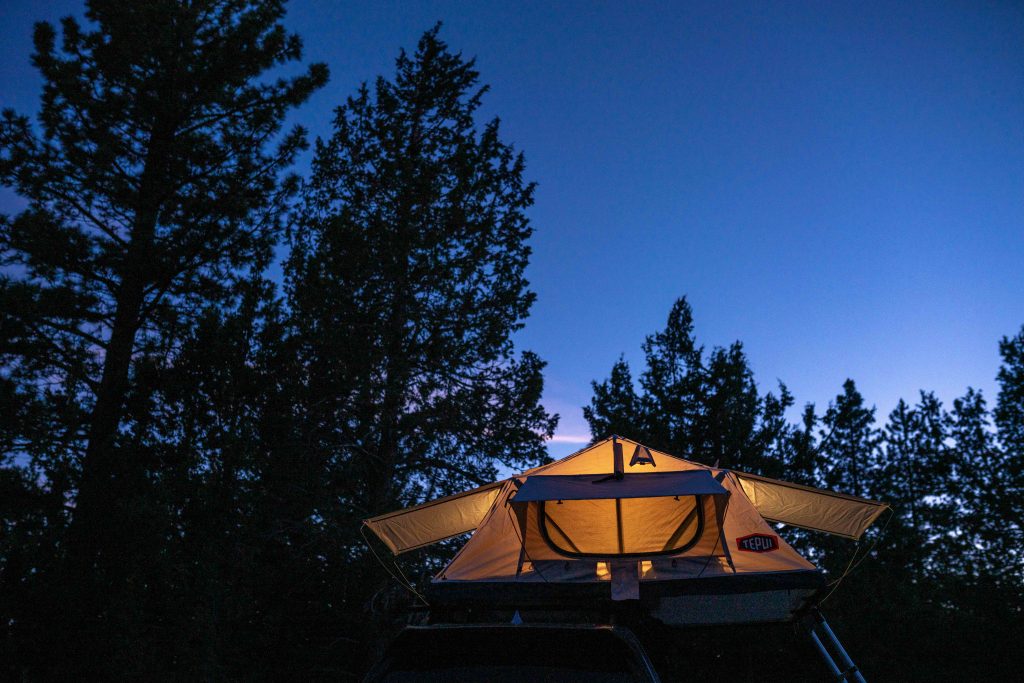
Installing the tent!
We have officially left Alaska! We flew into Los Angeles International Airport on the morning of June 27. We picked up our car and installed our tent. Our tent is a Tepui rooftop tent, it mounts on crossbars of our roof rack. When not in use, it folds down to a rectangle and the cover holds everything in.
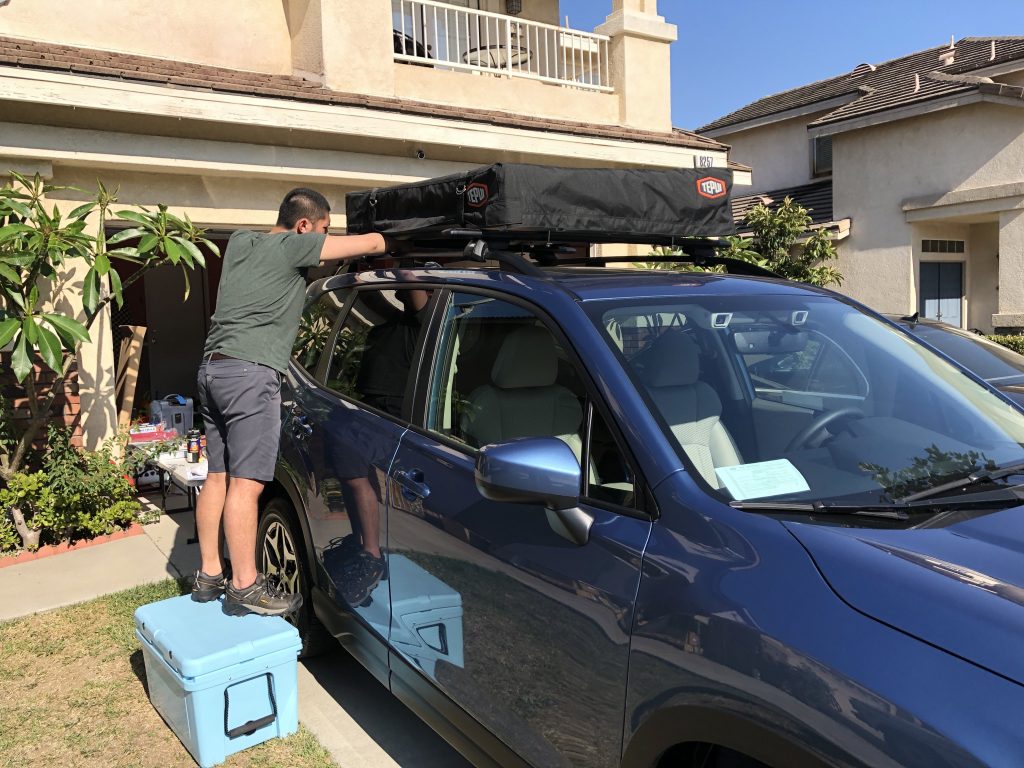
Once the vehicle is parked in the final camping spot, the cover is removed and it folds open. A ladder on the passenger's side allows you to climb inside the tent.
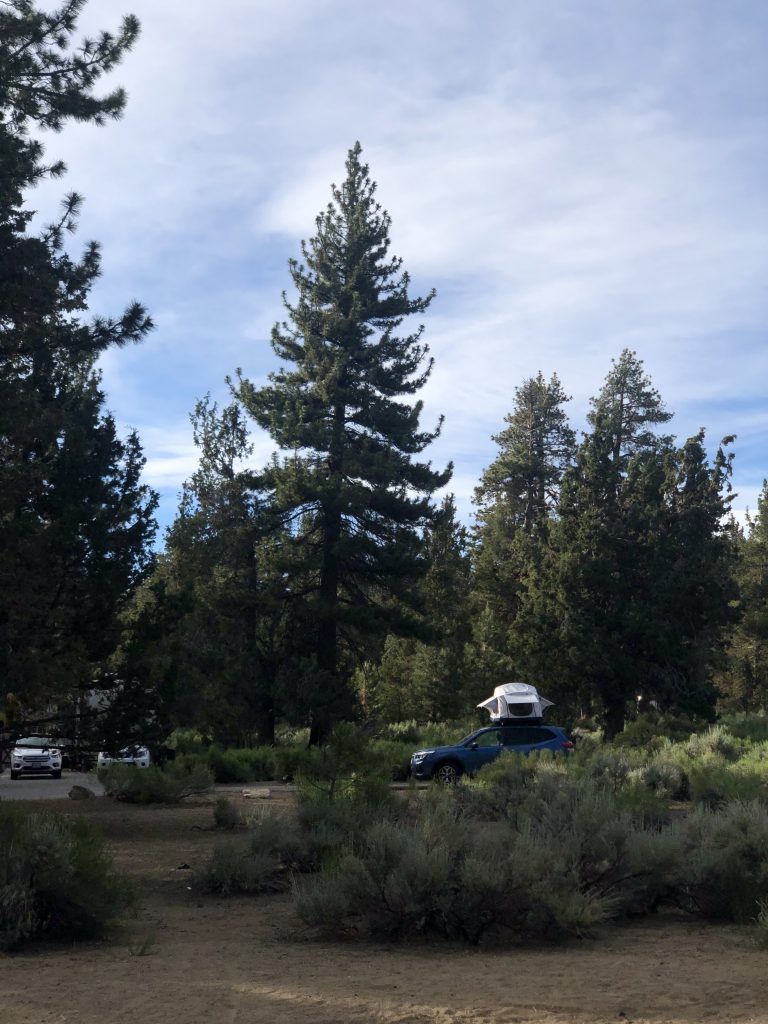
The installation was a bit of a chore – we had to add aftermarket crossbars to sit on the factory roof rails, assemble parts of the tent, lift it on to the top of the car and then secure it to the crossbars in each corner. Now that we've gotten past the installation point, though, setting up the tent to camp in takes no more than five minutes.

We're still very early on in our use of the tent -- we'll be using it quite a bit more once head through Nevada and into Utah. After using it our first night in Big Bear, I think we made a wise choice by going with a rooftop tent; it keeps us off the ground from insects and has a sleeping pad built in.
Route Planning
We're flying out of Alaska on June 26 and picking up our car and camping supplies in California on June 27. After getting our car and rooftop tent ready and spending some time with family, we'll hit the road on July 1. Below is our route!

